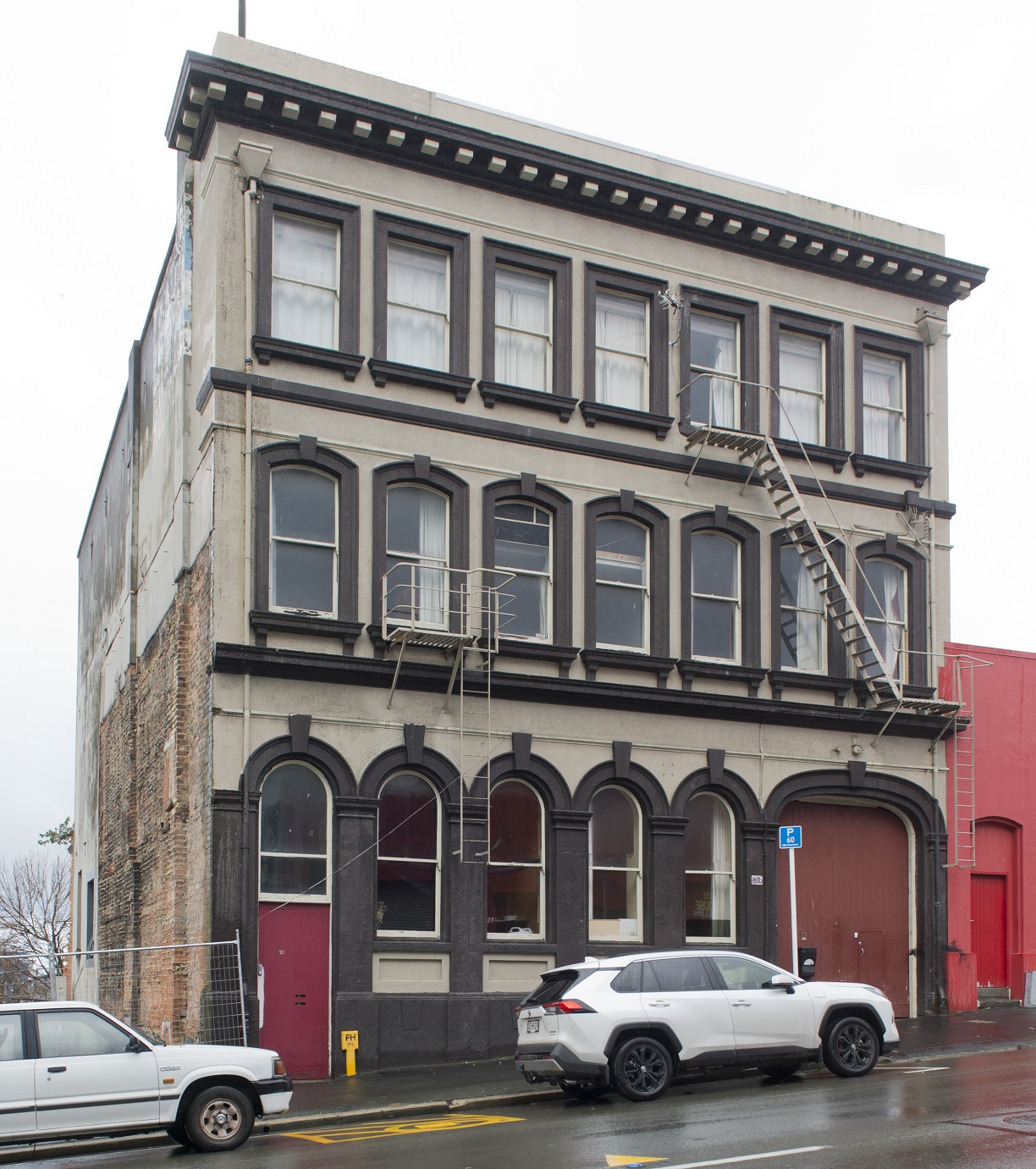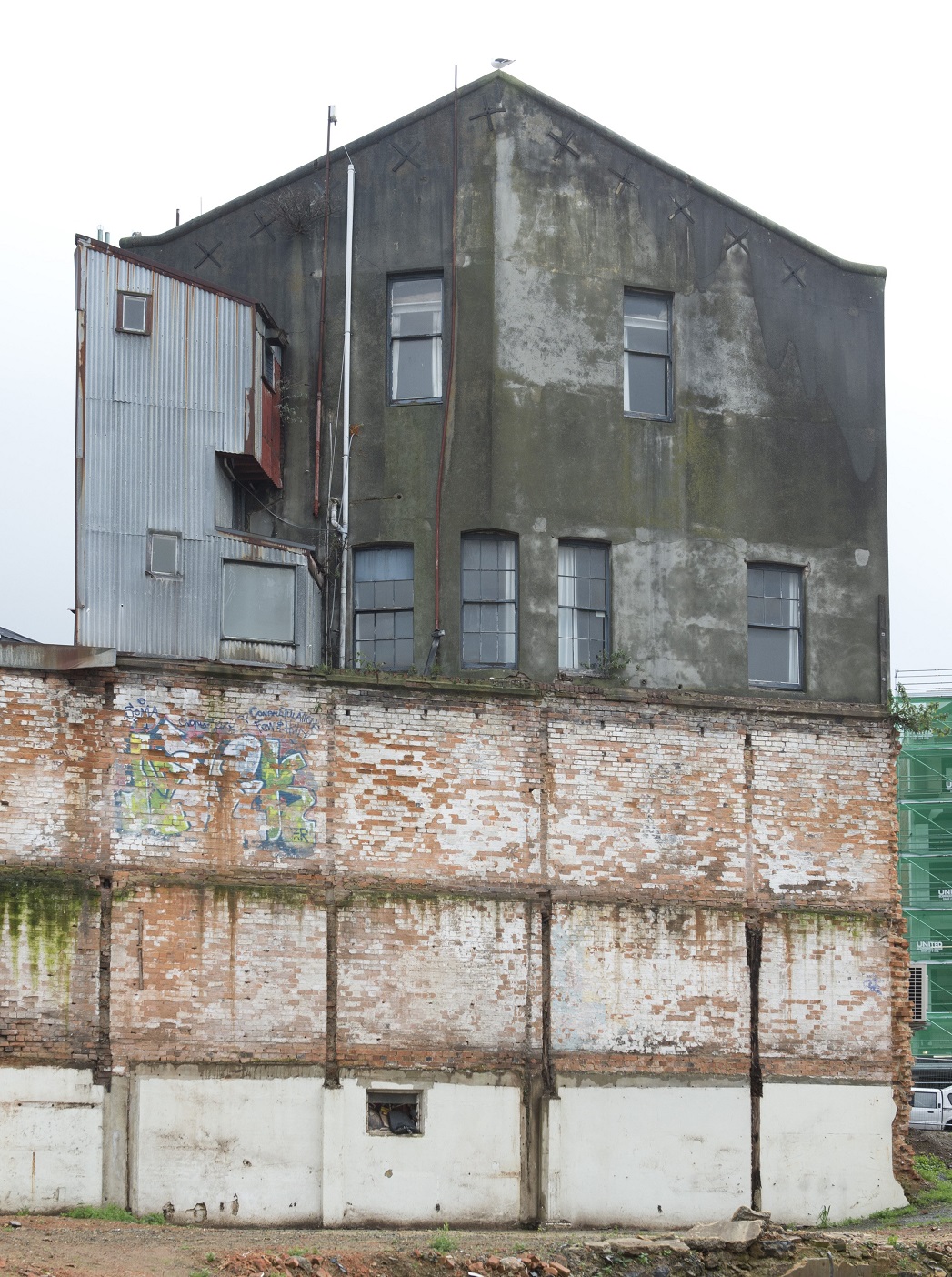
Developer Navpreet Singh has been granted resource consent by the Dunedin City Council to retrofit a heritage building at 13 Stafford St into a 23-studio apartment complex.
The former warehouse was designed by Robert Lawson in 1874 and housed the TG Pascoe clothing factory, before it was taken over by Ross and Glendining Ltd in 1889.
Mr Lawson also designed prominent Dunedin landmarks such as Knox Church, First Church of Otago and Larnach Castle.
The consent stated the new apartments would be intended for student and short-term visitor accommodation.
Alterations to the building would include the addition of three new windows on the southern-facing side and a reconfiguration of the internal layout, the consent said.
The 282sq m site contains a four-storey former commercial building that has already been converted into two large residential flats with 17 rooms.
It is listed as a scheduled heritage building with the facade facing Stafford St being protected, which includes two cart doors.
Architectural designer for the project Yash Idnani said Mr Singh bought the building last year after he "fell in love" with its architectural detailing and its history.

The arches and long rounded Roman-style windows would make a "striking addition" to their portfolio, he said.
"Once it’s done, it’s going to be a statement building for us.
"Why change something that’s already beautiful?"
Heritage photos would be displayed in the building’s reception area and other internal design choices would allow occupants to feel the "old heritage vibes" once they walked through the door.
Mr Idnani said the main challenge of developing any heritage building was to understand which elements were valuable enough to be retained, which normally caused a difference of opinion between those involved.
It was about maintaining a balance between keeping the architectural features of the past intact while also making sure any new features complemented the old.
Mr Idnani said the building was Mr Singh’s first "landmark project" in Dunedin and they expected it to be completed by their deadline of June 2025.














